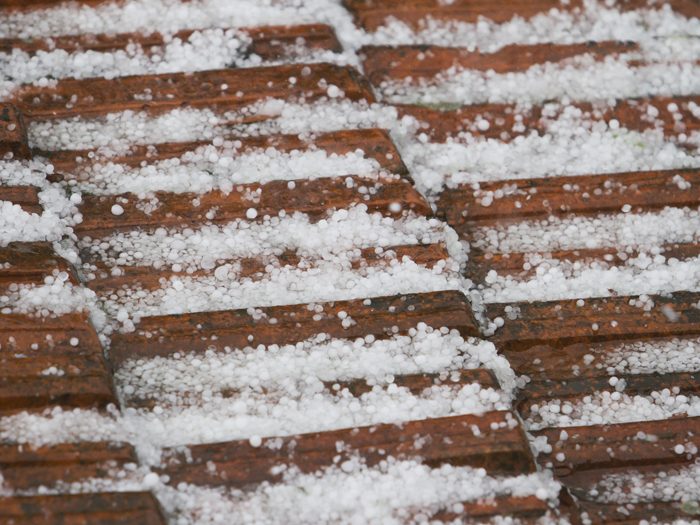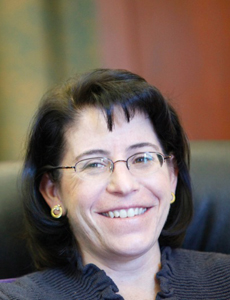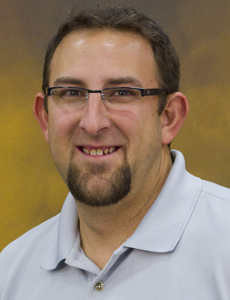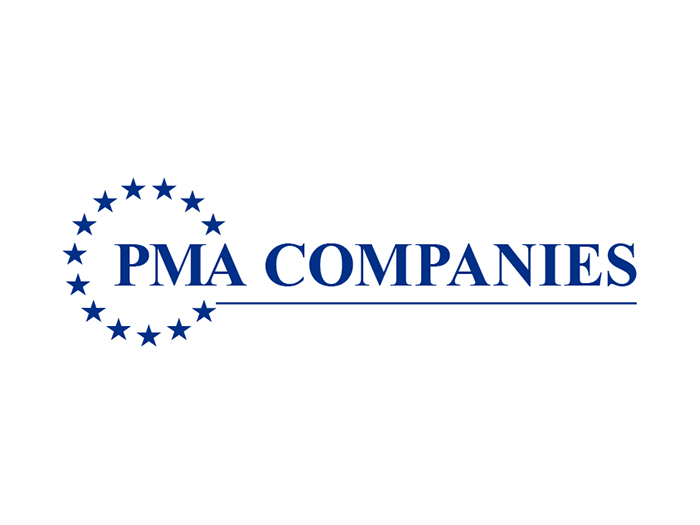Property Damage
Hailstorms Grow Less Predictable and More Expensive

Hailstorms increased in frequency and severity over the last 20 years, largely a result of climate change and more extreme weather conditions. Insurance costs are spiking as a result, too.
Hail causes about $1 billion in damage to crops and property in the United States every year, according to the National Oceanic Atmospheric Administration (NOAA).
In 2015, NOAA’s Severe Storms database recorded 5,411 major hailstorms. The worst affected area was Texas, with 783 hailstorms.
“The hardest part for some customers has been that there have been successive hailstorms.” — Jill Dalton, managing director, Aon Global Risk Consulting
This year, hailstorms in late March and April are expected to result in total losses to vehicles, homes and businesses in north San Antonio and Bexar County of more than $2 billion, according to the Insurance Council of Texas.
San Antonio’s first hailstorm on April 12 became the costliest hailstorm in Texas history, the council said.
Between 2000 and 2013, U.S. insurers paid out almost $54 billion in claims from hail losses, and 70 percent of the losses occurred in just the last six years, said a report by Verisk Insurance Solutions.
The average claim severity was also 65 percent higher during that period, than from 2000 to 2007, the report said. Most losses were from broken windows and roof damage.
Added to that, hailstorms are increasingly harder to forecast and are occurring in unlikely places, with reports of hail this year in warmer climates such as South Florida.
Trying to Better Understand How Hail is Produced

Jill Dalton, managing director, Aon Global Risk Consulting
Now, insurers and scientists are trying to better understand how hail is produced and take steps to mitigate damage.
“The hardest part for some customers has been that there have been successive hailstorms,” Jill Dalton, managing director at Aon Global Risk Consulting.
“When it happens over such a short period of time, as in the case of the recent Texas hailstorms, it’s hard to deduce what was damage from the first storm versus the third or fourth storm.”
Steve Bowen, director at Aon Benfield’s Impact Forecasting team, said that the location and intensity of the hailstorm were the most important factors in determining the magnitude of hail damage.
For example, if a hailstorm hits a more densely populated area it is likely to cause more damage.
“It is really important to emphasize that the total number of hail reports does not necessarily correlate to either higher or lower level of losses,” he said.
He said that, overall, insurable damage resulting from severe convective storms in the United States increased by 6.5 percent above the rate of inflation annually since 1980, most of which was attributed to hailstorms.
“The research done will also enable us to characterize the event in order to forecast future storms more effectively.” — Ian Giammanco, lead research meteorologist, IBHS Research Center
The Insurance Institute of Business & Home Safety (IBHS), a consortium of insurers, has been working with the National Center for Atmospheric Research in Boulder, Colo., to find ways to strengthen homes and businesses against hail damage.

Ian Giammanco, lead research meteorologist, IBHS Research Center
“Overall hail losses are going up and a lot of it is to do with that fact that we are simply putting a lot more stuff in the path of storms nowadays,” said Ian Giammanco, lead research meteorologist at the IBHS Research Center.
“So, moving forward now, risk mitigation strategies are going to become much more important and that can be achieved with improved product and testing to ensure that they are properly hail resistant.
“The research done will also enable us to characterize the event in order to forecast future storms more effectively.”
Take Steps to Reduce Losses
Lynne McChristian, Florida representative for the Insurance Information Institute, said that given the difference in quality of roofing materials in terms of impact resistance, it was paramount to invest in the proper type of covering.
Others steps include making sure that the roof is fully secured.
The insurance industry has an Underwriters Laboratory standard for roofing material with four classes of impact level. Class 4 is the most resistant. In some cases, insurers will provide a discount for roofs made with hail resistant materials.
After the event, it is important to assess any damage and protect property against further damage by covering broken windows and plugging holes in the roof.
Most property insurance policies will cover against hail damage, as will comprehensive auto coverage.
“A hailstorm is a typically covered loss included as a named peril,” said Dalton.
She added that usually there are no policy limits on hail and most coverage is subject to a deductible.
In hail prone areas, such as Texas and South Carolina, the deductible is higher than for other perils. However, both states have a fund to provide hail coverage in areas where it is not available in the private market.
After the event, it is important to assess any damage and protect property against further damage by covering broken windows and plugging holes in the roof.
It is also key to file claims as soon as possible and to keep any receipts for purchases made for immediate repairs and to then submit them to your insurer.










